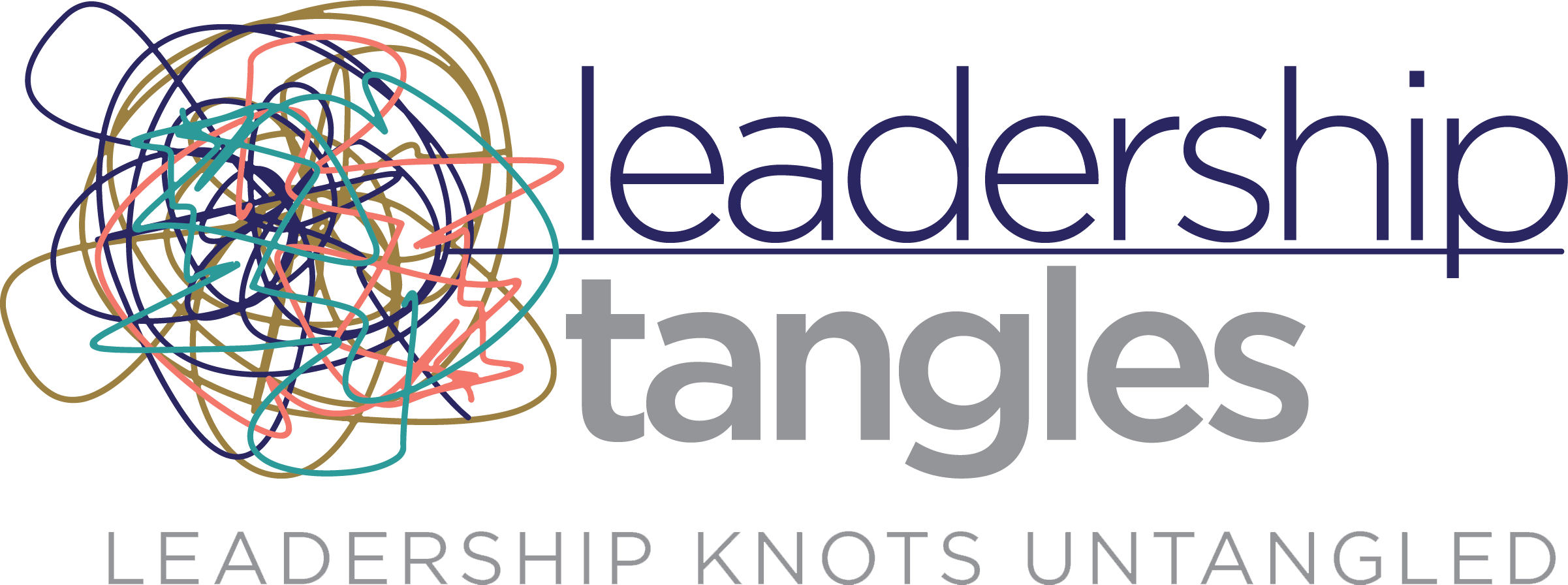 In yesterday's post, I made reference to the term VUCA. VUCA stands for volatility, uncertainty, complexity, and ambiguity. Executive leaders have been increasingly challenged with VUCA, but in today's market, more so than ever. In the past six weeks, it feels like we have been collectively on an “E” ticket ride, although not at Disneyland! As the stock market has risen and fallen at dizzying levels, and with the credit markets in a vise, we have held our collective breaths. The business leaders I have spoken to or visited are struggling to make sense of the situation. Today, I will address the “V” in volatility.
In yesterday's post, I made reference to the term VUCA. VUCA stands for volatility, uncertainty, complexity, and ambiguity. Executive leaders have been increasingly challenged with VUCA, but in today's market, more so than ever. In the past six weeks, it feels like we have been collectively on an “E” ticket ride, although not at Disneyland! As the stock market has risen and fallen at dizzying levels, and with the credit markets in a vise, we have held our collective breaths. The business leaders I have spoken to or visited are struggling to make sense of the situation. Today, I will address the “V” in volatility.

I was introduced to the term VUCA indirectly through Meg Wheatley. I greatly admire Meg’s work, and was particularly intrigued by her explanation of how complexity theory might apply to organizations (more on that in future posts). Meg Wheatley connected me to Dr. Paul Davis while I was doing my doctoral research. Dr. Davis shared some of the leading edge materials he was using in his course on Strategic Leadership at yes, the Industrial War College.
Volatility, the first element of VUCA, relates to the relentless rate of change. Owen Jacobs, who prepared the materials, likens the volatility in VUCA to a tsunami. An executive leader, according to Jacobs, must be able to read broad trends in the environment, so that he/she can lead changes that will meet future challenges. An executive must understand and be able to operate with an understanding of the political, economic, socio-cultural, technological, and informational factors that impact his/her business. This broad understanding can help shape future operating conditions. Further, an executive leader should be able to translate and communicate these insights to the broader organization.
This sounds challenging enough in the world we knew prior to mid-September 2008. However, given the dizzying rate of volatility, how can leaders best respond and prepare the organization for what could be a bumpy ride?
The obvious first answer is to not overreact. Employees who perceive that their leadership is rudderless will panic, and it will be more and more difficult to focus on the organization’s core work—providing products and services. While holding on to cash makes sense, it also makes sense to use this time to increase operational efficiencies, solidify cross-organizational collaboration, and use creative problem-solving to plan for both the short-term and long-term.
The second answer is to increase communication. I have worked with a number of large organizations experiencing rapid change. Often, the answers are not known. What I know for sure is that employees want to know the truth. They don’t want things sugar coated. Tell them what you know, and what you don’t know, and what you are doing to figure it out.
Third, while in the midst of the storm, it doesn’t ever look like it will end. However, we do know that it will end. We just don’t know when. The companies that look for opportunities in the midst of volatile conditions will end up the strongest.
Remember the movie the Perfect Storm? George Clooney set out confidently, knowing that he was heading into a horrific storm. He was sure that he and his crew would make it back. However, he missed some important clues. This happens in business as well. During challenging times like these, this is the time to open up the lines of communication and ask all employees for ideas, thoughts, and suggestions. What warning signs are they seeing and what opportunities are they seeing? With this level of volatility, leaders need everyone's assistance in making sense of the situation and developing workable strategies to navigate to a calmer future.
Marcia Ruben, Ph.D.




